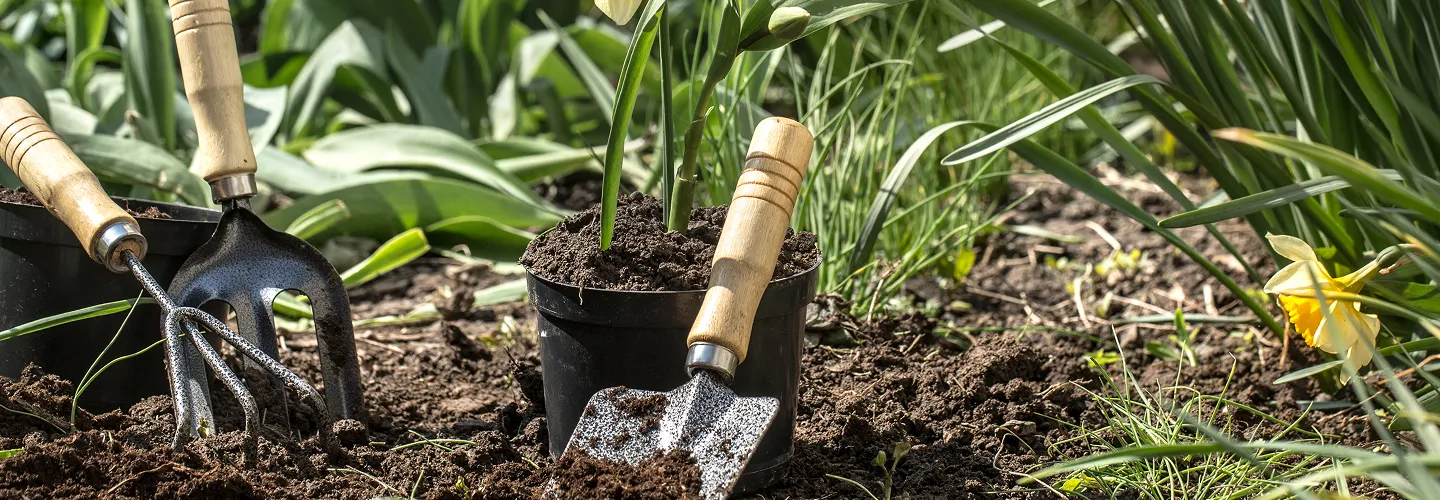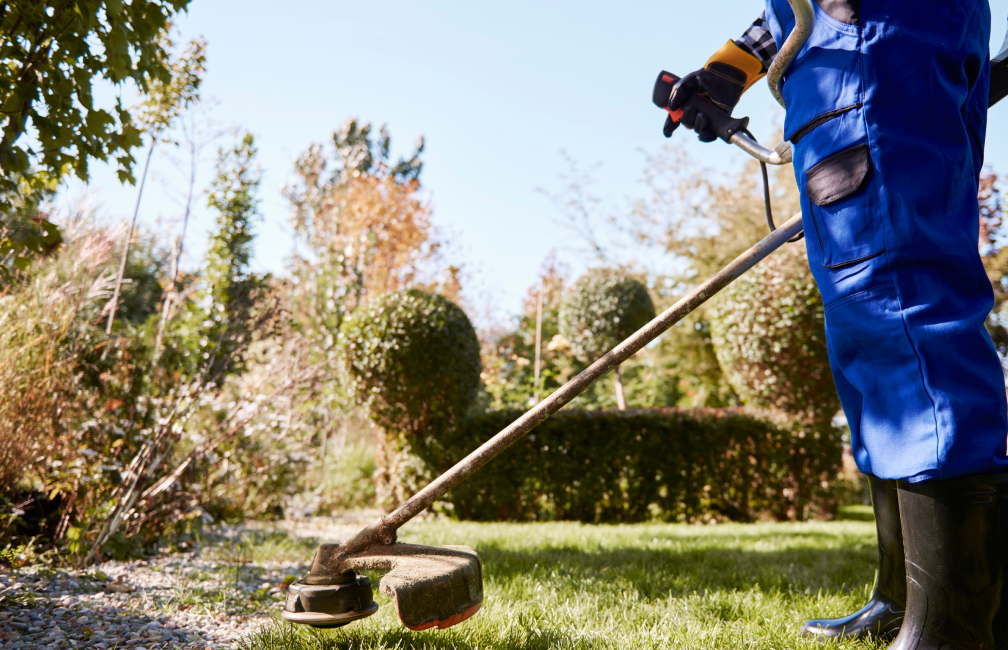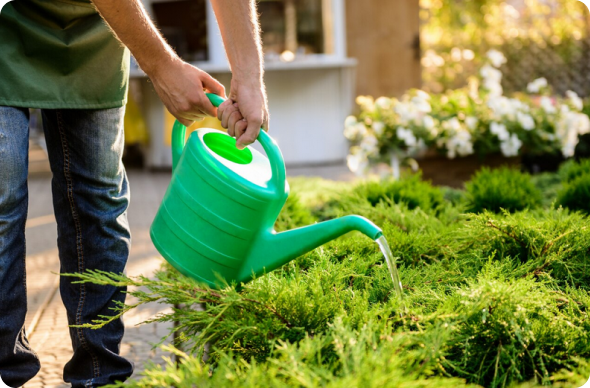
Sharon Dethatching Lawn Services
Choose our dethatching lawn service for a healthier, greener yard—our experienced team removes built-up thatch to improve water, nutrient, and air flow, ensuring your grass thrives all season long.
Get a Free QuoteWhen to Schedule Dethatching Lawn in Sharon, MA – Seasonal Guide
In Sharon, MA, the best time to schedule lawn dethatching is typically in early spring or early fall, when grass is actively growing and can recover quickly. Sharon’s climate features cold winters with late frosts and warm, humid summers, so timing dethatching around these seasonal shifts is crucial. For neighborhoods near Lake Massapoag or along East Foxboro Street, the presence of mature trees and shaded lawns can affect how quickly thatch builds up and how well your lawn recovers after service.
Local environmental factors such as the town’s variable soil types—from sandy loam in the Moose Hill area to denser soils near Sharon Center—also play a role in determining the ideal dethatching window. It’s important to consider recent precipitation trends and municipal guidelines, which can be found on the Town of Sharon website, to ensure your lawn care aligns with local recommendations and water use restrictions.
Local Factors to Consider for Dethatching Lawn in Sharon
- Tree density and shade coverage, especially in neighborhoods like Sharon Woods
- Soil type and drainage, which vary across the town
- Typical frost dates and risk of late spring or early fall cold snaps
- Recent precipitation and drought risk
- Terrain and slope, particularly in hilly areas near Borderland State Park
- Municipal restrictions or recommendations on lawn care timing
Benefits of Dethatching Lawn in Sharon

Improved Lawn Health
Enhanced Grass Growth
Better Water Absorption
Increased Nutrient Uptake
Reduced Pest and Disease Risk
Boosted Curb Appeal

Sharon Dethatching Lawn Types
Cool-Season Grass Dethatching
Warm-Season Grass Dethatching
Residential Lawn Dethatching
Commercial Lawn Dethatching
Sports Field Dethatching
Golf Course Dethatching
Organic Lawn Dethatching
Our Dethatching Lawn Process
Lawn Evaluation
Preparation and Marking
Dethatching
Cleanup and Disposal
Post-Dethatching Inspection
Why Choose Sharon Landscape Services

Sharon Homeowners Trust Us
Expert Lawn Maintenance
Reliable Seasonal Cleanup
Competitive Pricing
Professional Team
Satisfaction Guarantee
Personalized Service
Contact Sharon's Department of Public Works for Dethatched Material Disposal & Yard Waste Collection
Sharon's reputation as a "lakes and woods" community drives sophisticated organic waste processing systems that honor both residential excellence and watershed protection responsibilities. Municipal operations coordinate comprehensive collection schedules and operate premier facilities specifically calibrated to handle seasonal dethatching volumes while safeguarding the pristine water quality throughout this Neponset River headwaters municipality.
Sharon Department of Public Works
90 South Main Street, Sharon, MA 02067
Phone: (781) 784-1500
Official Website: Sharon Department of Public Works
Exemplary organic material processing requires property owners to follow meticulous preparation standards that reflect Sharon's watershed stewardship and environmental leadership:
- Package lawn debris exclusively in certified biodegradable paper containers; synthetic materials compromise watershed protection objectives and violate state organic waste processing regulations
- Extract all foreign substances including stones, soil aggregates, construction materials, and woodland debris that interfere with municipal processing machinery
- Follow established weight limitations and container specifications for both lakefront collection routes and Transfer Station operations
- Review municipal communications for schedule modifications during conservation activities and seasonal weather patterns
- Stage materials to preserve lake access routes and prevent storm drainage infrastructure obstruction
Understanding Thatch Buildup in Sharon's Drumlin Highlands & Lake Massapoag Watershed Conditions
Sharon's extraordinary geological diversity across rolling drumlin terrain creates distinctive growing environments that dramatically influence thatch development throughout this kettle pond and watershed community. USDA Web Soil Survey mapping identifies complex formations including Paxton and Charlton fine sandy loam dominating drumlin slopes with restrictive hardpan layers, Woodbridge series creating seasonal perching, Hinckley and Windsor sandy soils in outwash pockets, and Ridgebury fine sandy loam around Lake Massapoag and kettle pond margins throughout this glacially sculpted landscape.
University of Massachusetts Extension Center for Agriculture, Food and the Environment
161 Holdsworth Way, Amherst, MA 01003
Phone: (413) 545-2717
Official Website: University of Massachusetts Extension
Lake Massapoag watershed influences generate extraordinary challenges for residential thatch management throughout Sharon's conservation-minded neighborhoods. Drumlin topography creates variable drainage patterns where elevated ridges experience rapid moisture loss while kettle depressions retain persistent dampness that may suppress beneficial decomposition organisms. Restrictive hardpan layers in glacial till create seasonal water perching that alternates between saturated and drought conditions, complicating natural organic matter breakdown processes essential for healthy turf ecosystems.
When thatch depth surpasses the recommended 0.5-inch benchmark, properties develop interconnected problems including restricted water absorption, limited nutrient access, and heightened susceptibility to seasonal moisture extremes characteristic of drumlin and kettle pond environments. Township residents should recognize warning signs including bouncy surface texture, water accumulation after light irrigation, inconsistent fertilizer responses, and moss proliferation in shaded zones.
Key practices for managing thatch in Sharon's conditions include:
- Synchronizing operations with Lake Massapoag watershed seasonal cycles when groundwater conditions facilitate rapid recovery without wetland disruption
- Incorporating cultivation services addressing hardpan compaction from drumlin glacial till and kettle pond margin characteristics
- Selecting moisture-adaptive grass cultivars suited to drumlin drainage variations and watershed protection objectives
- Implementing ecological nutrition strategies preventing excessive growth while supporting lake watershed integrity
- Installing immediate ground coverage following dethatching using varieties adapted to Sharon's diverse drumlin and kettle terrain
Reference: USDA Web Soil Survey
Sharon Conservation Commission Requirements for Dethatching Near Wetlands & Protected Areas
Sharon's pristine Lake Massapoag system and extensive conservation network necessitate comprehensive environmental coordination for lawn maintenance throughout this watershed stewardship community. The Massachusetts Wetlands Protection Act establishes protective buffer zones extending 100 feet from wetland boundaries and 200 feet from waterways, encompassing Lake Massapoag, Massapoag Brook, Beaver Brook, Billings Pond, and the intricate kettle pond systems that define much of the township's aquatic character.
Sharon Conservation Commission
90 South Main Street, Sharon, MA 02067
Phone: (781) 784-1500
Official Website: Sharon Conservation Commission
Wildlife habitat protection assumes critical importance during April through July breeding seasons when diverse species utilize Lake Massapoag shorelines, kettle pond margins, and conservation corridors throughout Sharon's developed landscape. Properties bordering Moose Hill Wildlife Sanctuary, Borderland State Park approaches, or Ward's Pond conservation areas must employ rigorous erosion control preventing sediment migration into sensitive aquatic ecosystems supporting both recreational activities and ecological preservation.
Major dethatching operations within regulated buffer zones typically necessitate environmental review through Notice of Intent or Request for Determination of Applicability procedures. Conservation-compatible manual techniques and specialized minimal-impact equipment are strongly recommended near lake systems and kettle pond areas to minimize soil disturbance while protecting aquatic resource integrity essential to Sharon's watershed stewardship mission.
Sharon's Implementation of Massachusetts Organic Waste Regulations for Dethatched Material
State mandates under Massachusetts General Law Chapter 111, Section 150A require organic waste diversion from household refuse systems, generating opportunities for innovative watershed community composting programs that capitalize on Sharon's environmental stewardship expertise and lake protection philosophy. The township has orchestrated comprehensive organic material processing options that integrate seamlessly with watershed protection practices while ensuring environmental compliance throughout this Lake Massapoag sanctuary municipality.
Massachusetts Department of Environmental Protection
One Winter Street, Boston, MA 02108
Phone: (617) 292-5500
Official Website: Massachusetts Department of Environmental Protection
Massachusetts Department of Agricultural Resources
251 Causeway Street, Suite 500, Boston, MA 02114
Phone: (617) 626-1700
Official Website: Massachusetts Department of Agricultural Resources
Watershed community composting initiatives provide excellent organic waste processing opportunities where property characteristics support appropriate site selection within Sharon's preserved lake landscape settings. Residential composting operations benefit from generous conservation lot dimensions while requiring adequate setbacks from Lake Massapoag systems, kettle pond margins, and conservation easement boundaries throughout this environmental stewardship community.
Municipal collection services accommodate watershed community access patterns through flexible scheduling recognizing lake protection activities while maintaining Massachusetts General Law Chapter 111, Section 150A compliance. Technical guidance from the Massachusetts Department of Agricultural Resources supports sustainable practices complementing Sharon's watershed stewardship and lake protection objectives.
Post-Dethatching Stormwater Management in Compliance with Sharon's MS4 Program
Sharon's Municipal Separate Storm Sewer System obligations emphasize comprehensive Lake Massapoag and Neponset River headwaters protection throughout the township's watershed and conservation drainage network. National Pollutant Discharge Elimination System standards mandate rigorous pollution prevention during soil-disturbing activities, with enhanced requirements for areas contributing to the Neponset River basin through Lake Massapoag and kettle pond watershed protection.
U.S. Environmental Protection Agency, Region 1
5 Post Office Square, Suite 100, Boston, MA 02109
Phone: (617) 918-1111
Official Website: U.S. Environmental Protection Agency, Region 1
Watershed community weather monitoring requires sophisticated attention to storm development affecting Lake Massapoag systems and kettle pond stability. Property owners should consult National Weather Service Boston forecasts and suspend operations when precipitation threatens within 24 hours. Post-dethatching stabilization requirements include:
- Immediate establishment of protective ground coverage within 24 hours using lake-adapted seed varieties suited to drumlin conditions and kettle pond watershed integration
- Strategic nutrient management preventing excess applications that would compromise pristine lake water quality and kettle pond ecosystem integrity
- Precision irrigation supporting establishment while preventing runoff into Sharon's watershed protection infrastructure
- Coordinated soil enhancement addressing hardpan limitations while maintaining watershed objectives and lake ecosystem health
- Installation of temporary erosion barriers reflecting conservation principles on drumlin slopes near Lake Massapoag margins and kettle pond boundaries
These comprehensive measures ensure Clean Water Act and EPA NPDES compliance while supporting turf recovery in Sharon's challenging watershed environment.
What Neighborhoods Do We Serve Throughout Sharon, MA?
Sharon's distinctive lake-centered districts present diverse thatch management challenges influenced by drumlin topography, kettle pond proximity, and conservation interface conditions throughout this Norfolk County watershed stewardship community.
Sharon Center Lakes District encompasses traditional civic areas with mature landscapes and potentially modified soils from community development. Proximity to municipal facilities and Lake Massapoag creates distinctive microclimate conditions while established infrastructure often requires specialized manual techniques for effective maintenance throughout this lakefront village center.
Lake Massapoag Waterfront Estates include premium lakefront properties experiencing unique growing conditions from direct lake proximity and enhanced humidity levels. Seasonal water table fluctuations and strict watershed protection requirements necessitate careful nutrient management and erosion prevention during maintenance activities throughout this exclusive lakefront sanctuary.
Moose Hill Wildlife Sanctuary Interface encompasses properties adjacent to this significant conservation holding with challenging growing conditions from preserved natural area proximity and wildlife habitat management. Enhanced environmental oversight and research considerations influence maintenance timing while sanctuary coordination becomes necessary throughout this conservation stewardship zone.
East Sharon Drumlin Heights feature properties on elevated glacial terrain with varied exposure to valley winds and challenging hardpan substrates. Properties experience enhanced drainage variations requiring specialized approaches while maintaining watershed property standards throughout this distinguished upland district.
Billings Pond Kettle Formation District includes development within ancient glacial formations with distinctive drainage characteristics and seasonal water accumulation. Properties experience unique moisture patterns from kettle topography while geological formation influences create specialized growing conditions throughout this glacial landscape zone.
Borderland State Park Conservation Approach encompasses residential development near this state facility with unique environmental conditions from park proximity and recreational interface patterns. Wildlife corridor considerations affect maintenance timing while state conservation activities require coordination throughout this protected boundary zone.
Ward's Pond Recreation Watershed features properties near this popular water resource with distinctive conditions from pond proximity and recreational facility management. Enhanced humidity levels and seasonal water variations affect microbial activity while recreational area watershed protection requires careful management throughout this community recreation destination.
Sharon Municipal Bylaws for Landscaping Operations & Equipment Use
Municipal ordinances governing landscaping operations in Sharon establish comprehensive standards reflecting the township's watershed stewardship and lake protection leadership while ensuring protection for extensive Lake Massapoag systems and conservation holdings. These regulations establish operational standards appropriate for watershed communities supporting both environmental preservation and lakefront property management objectives.
Sharon Building Department
90 South Main Street, Sharon, MA 02067
Phone: (781) 784-1500
Official Website: Sharon Building Department
Sharon Board of Health
90 South Main Street, Sharon, MA 02067
Phone: (781) 784-1500
Official Website: Sharon Board of Health
Watershed community considerations establish operational schedules accommodating lake protection activities and kettle pond management while maintaining conservation neighborhood tranquility. Commercial service providers must maintain comprehensive insurance reflecting lakefront property values while demonstrating environmental compliance capabilities honoring Sharon's watershed stewardship throughout Lake Massapoag and Neponset River headwaters protection areas.
Equipment operation standards address unique watershed community challenges including navigation of lakefront access roads, protection of underground utilities serving conservation properties, and coordination with Lake Massapoag management activities. Service providers must demonstrate competency in watershed ecosystem management while maintaining effective thatch removal capabilities in diverse substrates affected by kettle pond influences and drumlin environmental protection requirements.
Substantial dethatching projects near Lake Massapoag systems, conservation areas, or kettle pond watersheds typically require coordination with multiple agencies ensuring compliance with watershed community environmental protection standards. Professional operators must maintain current training in conservation stewardship practices while ensuring successful turf establishment in Sharon's complex lake ecosystem environment with its integrated watershed requirements and comprehensive Lake Massapoag protection standards.